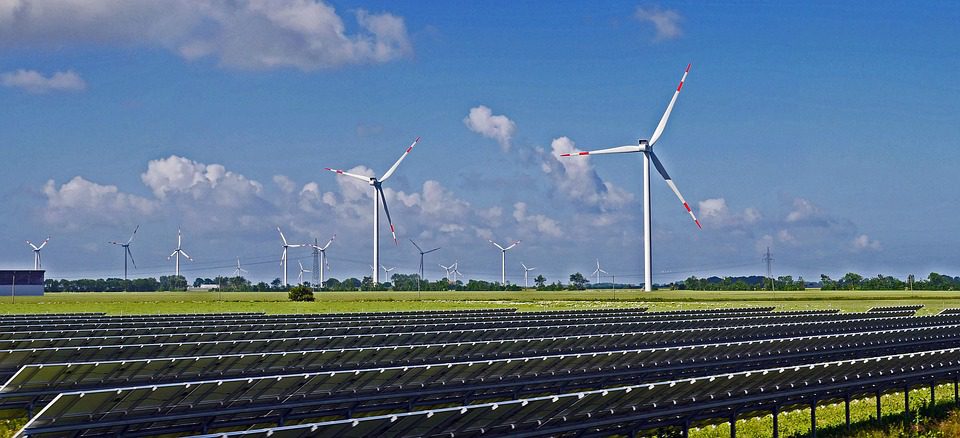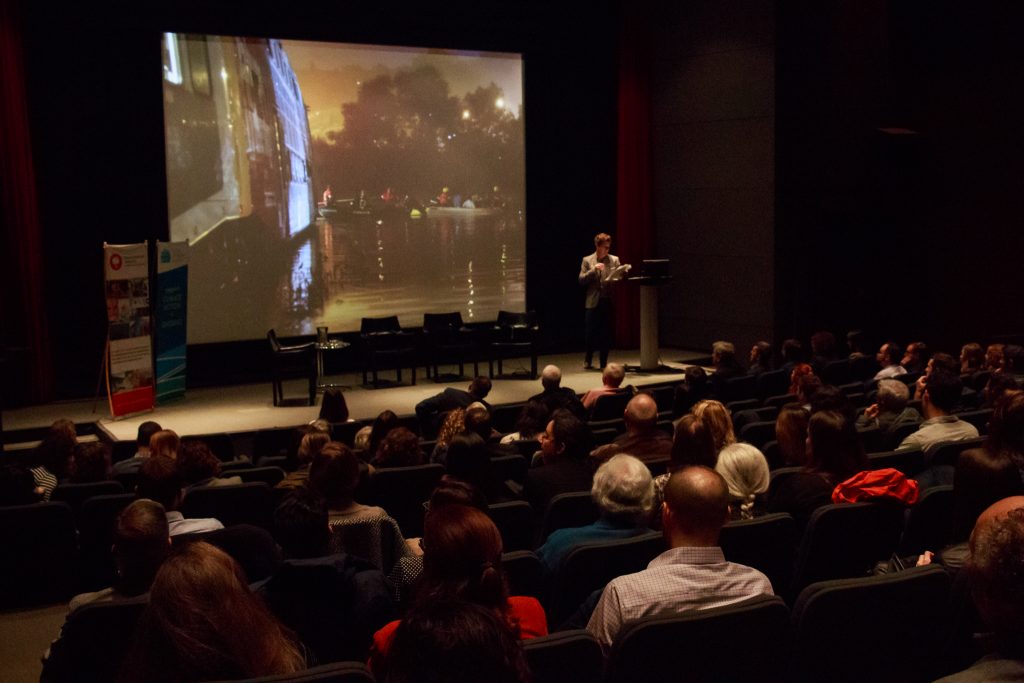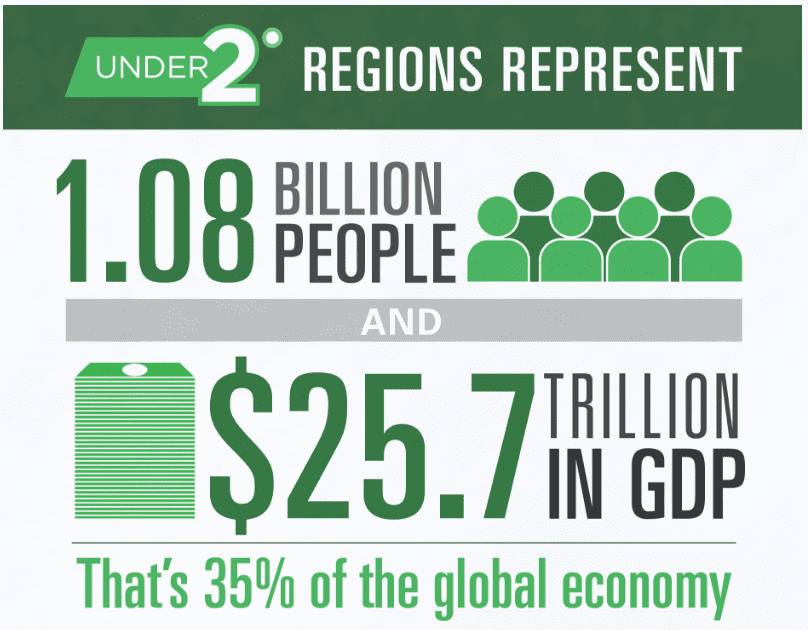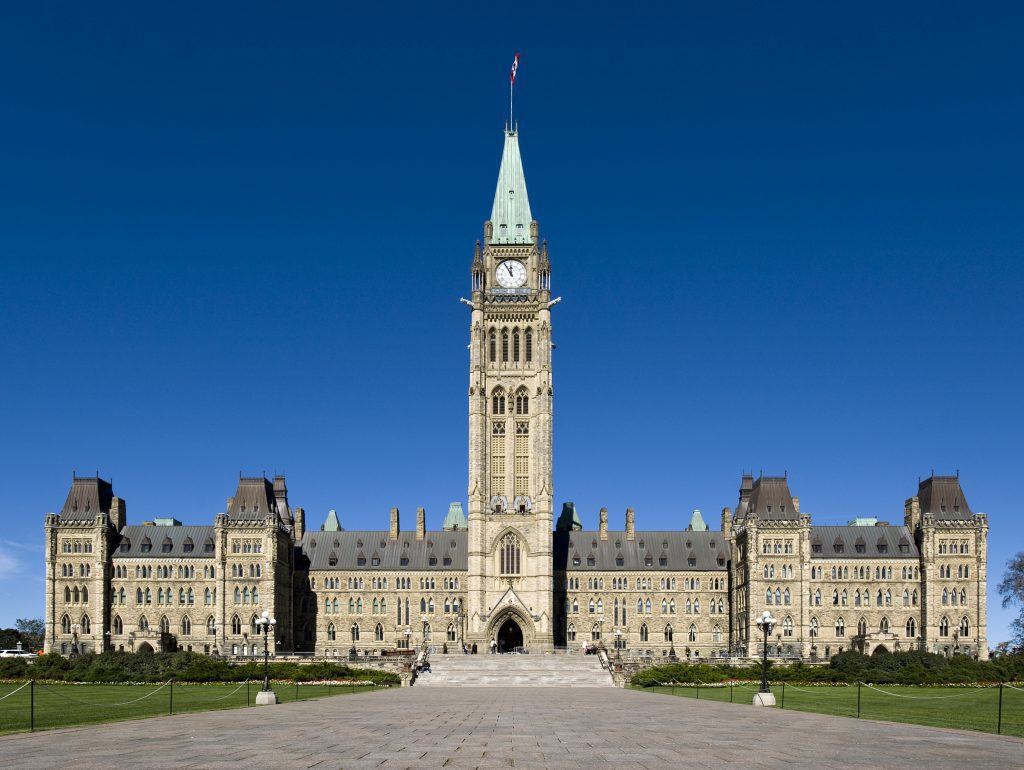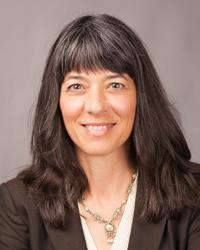

Three weeks ago, I arrived in Toronto to help answer the important question “Who’s Winning the Climate Fight?” with Canadian climate experts Tzeporah Berman from British Columbia and Steven Guilbeault from Quebec.
The discussion, hosted by the Clean Economy Alliance – a network of nearly 100 businesses and organizations representing a broad cross-section of Ontarians that have united to advance climate action – turned into a lively conversation on lessons from our respective jurisdictions we could share with Ontarians, as the province embarks on necessary and important climate action.
I left Toronto buoyed with optimism that states, provinces, and cities are forging innovative pathways for tangible reductions in global warming pollution that will meet the Paris Agreement targets, ratified by 109 countries. Three weeks later, as the United States elected Donald Trump as its new President, my conviction that people-centered climate action at the local and regional level is crucial to climate progress has never been stronger.
So, are we winning the climate fight? The answer is complex. On the one hand, we are winning. And yet, it’s not enough. Here are the five most important lessons I’ve learned from my experience in California that will help Ontario go further, faster and make real progress in light of the shifting political landscape around us.
Lesson One: Climate Solutions Must Be People-Centered.
Climate solutions must be relevant to people’s real needs and daily lives. They must be developed with input from people and communities, and benefit residents. In California, for example, numerous incentive programs have been adopted that provide rebates for rooftop solar and electric vehicle purchases that help individuals reduce emissions, which in turn benefit entire communities. Recently, in response to public input, the EV incentive program adopted an income cap which increased rebate levels for lower-income consumers.
Lesson Two: Measurable Progress Is Key to Sustained Success.
California’s Global Warming Solutions Act (AB 32) was adopted in 2006 and requires California to reduce its GHG emissions to 1990 levels by 2020. We have ten years of data to document our progress on this goal, and related economic and social impacts. My organization, the Union of Concerned Scientists, compiled compelling statistics from official sources showing that in the ten years since AB 32 was adopted:
- California’s economy has grown 12.4 per cent, making it the sixth largest economy in the world.
- Population grew by 7.4 per cent, while emissions dropped 7.3 per cent and petroleum consumption fell by 14.3 per cent.
- Employment grew, electricity consumption fell. Indeed, over the last 40 years, California has grown its economy without increasing energy use and emissions per capita.
- Renewable energy generation capacity has grown 163 per cent while clean tech investment has grown 584 per cent from about $1.43 billion in 2006 to $9.78 billion in 2015 (about 60 per cent of all clean tech investment in the U.S.).
Lesson Three: Investments in Sustainability Supports the Clean Economy Transition.
Quebec’s cap-and-trade program, which started in 2013 and is linked to California’s market, has raised more than $1.27 billion CAD in revenue for transit, home energy retrofits and energy efficiency programs for large and small companies via the Green Fund. Similarly, California’s cap-and-trade program, started in 2012, has generated upwards of $4 billion CAD (approx. $3 billion USD) in revenues, with proceeds invested in high-speed rail, sustainable communities, clean transportation, energy efficiency, clean energy, and other programs. The cap and investments have helped drive emissions reductions and also produce co-benefits for healthy communities and environmental sustainability.
In addition to investing in programs that will reduce carbon emissions, it is important to invest in the “human factor” that can help emission-reduction programs increase their success. Equiterre highlighted a car dealer in Rawdon, Quebec – Bourgeois Chevrolet – that has invested in training around Electric Vehicles for all of its sales staff, resulting in 41 per cent of the car dealer’s sales volume being EVs, whereas normally EVs sales are a fraction of a dealer’s total. Similar training for car dealerships in Ontario could help spur electric vehicle sales in the province and further reduce pollution and oil use.
Lesson Four: Diverse and Broad-Based Public Support is Crucial for Climate Action.
In British Columbia, California, Quebec, as in many other places in the world, there is widespread public support for climate action. A public poll in California in July 2016 showed that 68 per cent of Californians supported the state’s Global Warming Solutions Act adopted in 2006 and 67 per cent supported expanding the law and extending the emissions reductions targets – with 57 per cent indicating they were willing to pay more for electricity to fund it. What is also remarkable is the growing diversity of climate champions and climate supporters. In California, disadvantaged communities are increasingly vocal about supporting climate solutions, as they are often on the frontline of the devastating health and economic consequences of climate impacts – asthma, drought, fires, and floods. The support of businesses was crucial, as well as from Environmental Justice organizations, labor, and faith communities, to passing California’s new climate law, SB 32, in September 2016.
Lesson Five: Tackle Misinformation with Locally-Relevant Facts.
Misinformation abounds about climate change and the costs and benefits of climate solutions. Back in 2006, when AB 32 was being debated in California, manufacturers and fossil fuel companies claimed that the only way to meet the targets to reduce emissions to 1990 levels by 2020 would be to “stop using energy” and that the law would “practically shut the state down.” We heard similar arguments during the debate this past summer over extending the targets to reduce emissions 40 per cent below 1990 levels by 2030. We were able to successfully counter the misinformation with evidence of what has actually happened these past 10 years, as well as locally-relevant information about successful programs, the number of rebates received, and clean tech business investments made in the specific districts of elected officials. The compelling evidence was published in nearly all of California’s major newspapers. We also heard, for example, that Californians pay the highest rates for electricity per kilowatt-hour in the U.S. And while this is true, what is also true – and more important – is that individuals’ actual total electricity bills are lower than average because residents use less energy as a result of heavy investments in energy efficiency. In fact, California’s actual average bills are among the lowest in the U.S. and lower than 43 other states.
How to advance climate solutions further and faster in the face of opposition?
Feedback on the November 2 panel was overwhelmingly positive. One attendee remarked that this was “the most optimistic climate change event I have ever known! Lots of challenges and problems for sure, but the progress is impressive.” I left Toronto with renewed enthusiasm for Ontario joining California and Quebec as a partner in the cap-and-trade market, and with excitement about productive collaborations among our organizations, governments, and citizenry.
Alas, I must admit that the election of Donald Trump, who claims that climate change is a hoax, as President of the United States shook me up. There is certainly a risk that the United States will falter on its commitments to the Paris Agreement. However, this will not stop California, along with other state and local governments from continuing to take action to address climate change.
This election hasn’t changed the laws of physics or economics. Climate change is happening and the impacts are already felt every day. President-elect Trump has the responsibility to protect all American people from the economic, health and security impacts of climate change. The Union of Concerned Scientists, our climate and energy allies across the United States, and Canadian and global partners will stand up for science-based public health and safety laws.
Progress will continue to be made in clean energy solutions in jurisdictions across the country, as well as by a growing number of cities and companies. The drive towards a United States and global clean energy economy will continue regardless of the actions that President-elect Trump takes or doesn’t take – witness the increase in signatories to the Under2MOU (see graphic below), representing about 1 billion people and one-third of the world’s GDP. There are numerous “no regrets” and “win-win-win” solutions that will save money and reduce emissions that will appeal to people and garner bipartisan support. The day after the election, I was heartened to hear the statements of California’s legislative leaders who said: “We are not going to allow one election to reverse generations of progress at the height of our historic diversity, scientific advancement, economic output, and sense of global responsibility.”
Indeed, at the end of the U.N. Climate Conference in Morocco, the Governors of California, Oregon, and Washington, and the premier of British Columbia, issued a joint statement rededicating the Pacific Coast region to bold climate action. ()
One thing is clear – we all will go further and faster if we work together.
Deborah Moore is the Western States Senior Campaign Manager for the Union of Concerned Scientists, based in Oakland, CA.
*Please note that corrections to links were made on November 28, 2016, apologies for any confusion.


